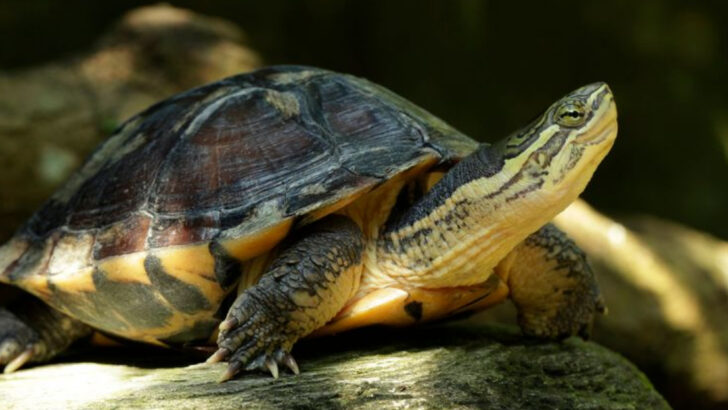In a world where change is constant, even our beloved pets are not immune. Many species that have been cherished companions are now facing the threat of extinction. However, there’s a glimmer of hope as some resilient species make a comeback. This article explores 25 beloved pets that are disappearing fast but highlights three heartening comebacks, reminding us of the importance of conservation and awareness.
Axolotl

With their feathery gills and perpetual smiles, axolotls captivate many. Native to Mexico, these unique amphibians are often called ‘Mexican walking fish,’ though they’re neither fish nor fond of walking. They are endangered due to habitat loss and pollution. Their regenerative abilities, allowing limb regrowth, intrigue scientists and pet enthusiasts alike. Axolotls are gentle souls, thriving in serene tank environments. Unfortunately, urbanization rapidly diminishes their natural habitats. Yet, dedicated conservation efforts in labs and aquariums provide hope for their future, ensuring this unusual creature continues to inspire amazement and admiration in generations to come.
Red Panda
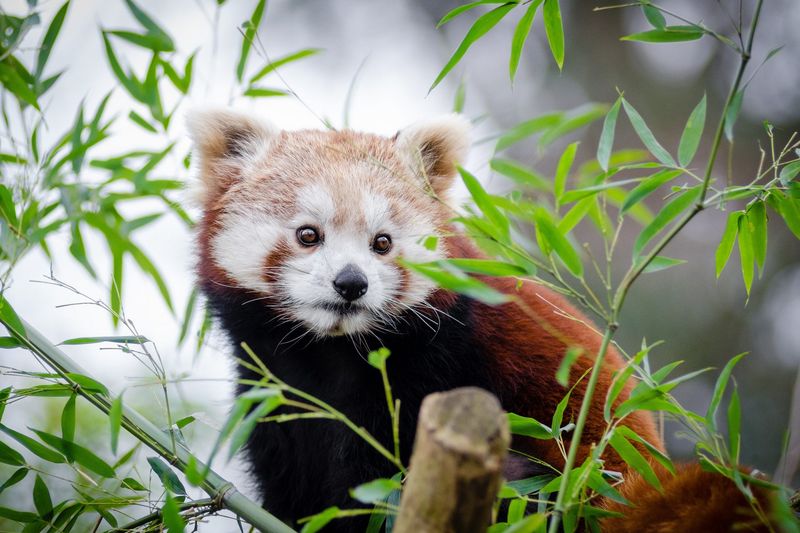
Red pandas, with their striking red fur and bushy tails, charm everyone who sees them. Endemic to the Eastern Himalayas, they face threats from deforestation and poaching. These solitary creatures are arboreal acrobats, spending most of their time in trees. Known for their love of bamboo, red pandas have a distinctive munching sound that delights caretakers. Sadly, their numbers dwindle due to habitat fragmentation. Conservation initiatives aim to preserve these enchanting animals, fostering awareness and protection in their native regions. Through these efforts, the red panda’s playful antics continue to bring joy to animal lovers worldwide.
Bengal Slow Loris
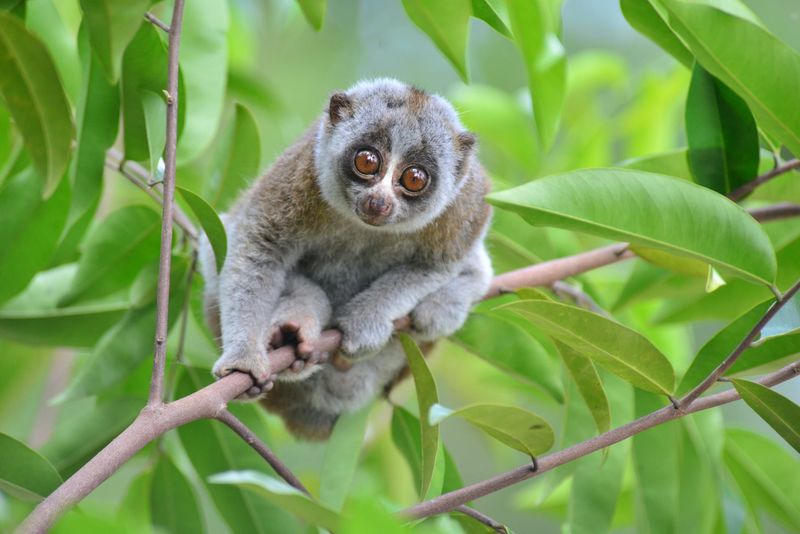
The Bengal Slow Loris, with its round eyes and gentle demeanor, is a nocturnal marvel. Found in Southeast Asian forests, it faces severe threats from illegal wildlife trade and habitat destruction. This primate’s unique ability to produce venom from its elbow gland sets it apart. Despite its intriguing nature, deforestation has dramatically reduced its habitat, putting it at risk. Conservationists work tirelessly to protect this elusive creature, raising awareness and restoring forest habitats. Through these efforts, the Bengal Slow Loris maintains a flicker of hope, captivating those who are lucky enough to glimpse its quiet beauty.
Hawaiian Monk Seal
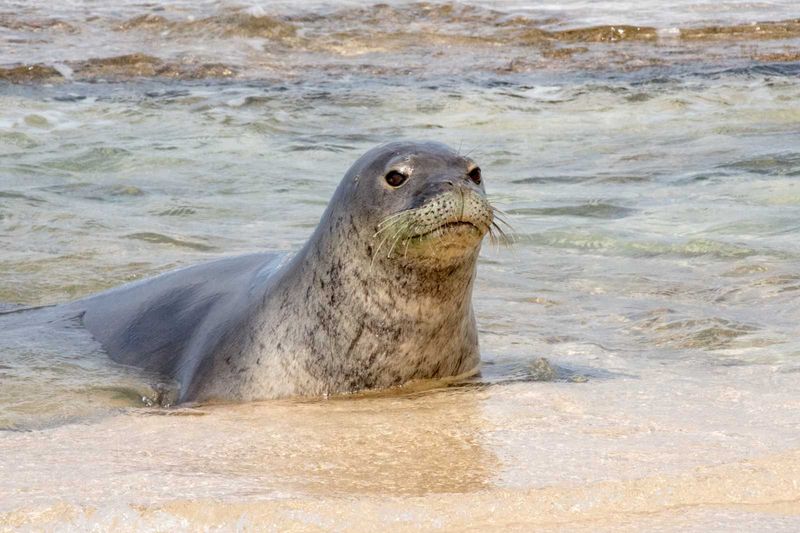
Basking in the Hawaiian sun, the Hawaiian Monk Seal is a symbol of the islands’ natural beauty. These seals face critical threats from entanglement in fishing gear and habitat degradation. Their curious and playful nature often leads them to human-populated beaches, where they must be admired from a distance. Conservation programs focus on protecting their habitats and ensuring their populations can recover. Despite challenges, the Hawaiian Monk Seal’s playful splashes in the Pacific Ocean continue to enchant visitors, reminding everyone of the delicate balance between nature and human activity.
Vaquita

The vaquita, a diminutive porpoise native to the Gulf of California, faces a dire situation. With less than 20 individuals remaining, it is the world’s most endangered marine mammal. Its shy nature and elusive behavior make sightings rare. Illegal fishing nets pose the greatest threat, entangling these gentle creatures. Conservationists are tirelessly working to remove harmful nets and protect their habitats. The vaquita’s plight serves as a poignant reminder of the urgent need for marine conservation. Though its future is uncertain, the hope remains that collective action can save this elusive beauty from extinction.
Black-Footed Ferret

Once thought extinct, the black-footed ferret’s story is one of remarkable resurgence. Native to North America’s prairies, it relies on prairie dogs for both food and shelter. Habitat loss and disease severely impacted its population, but dedicated breeding programs have renewed hope. Ferrets are reintroduced into protected areas, where they continue to thrive. Their playful antics and tenacity symbolize the strength of conservation efforts. The black-footed ferret’s comeback highlights the potential for successful recovery when human dedication meets nature’s resilience. The prairies once again echo with the ferret’s lively calls, a testament to hope and perseverance.
Amur Leopard
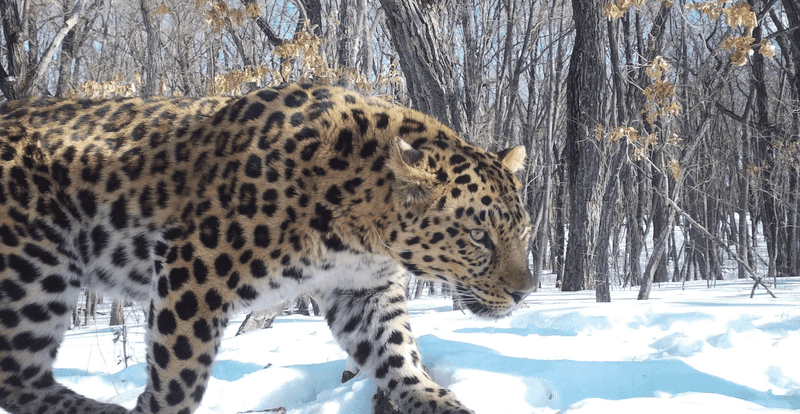
The Amur leopard, with its exquisite rosetted coat, is a symbol of survival against the odds. Found in the Russian Far East, this big cat is critically endangered, with fewer than 100 individuals remaining. Poaching and habitat destruction pose grave threats. Conservationists focus on habitat protection and anti-poaching initiatives. Their efforts have seen a gradual increase in leopard numbers. The Amur leopard’s majestic presence in the winter forests offers a glimmer of hope. Its story underscores the importance of global cooperation in preserving our planet’s most vulnerable species, inspiring action and awareness for wildlife conservation.
Sumatran Rhinoceros

The Sumatran rhinoceros, a relic of ancient times, faces a precarious future. These shy creatures inhabit the dense rainforests of Sumatra and Borneo. Poaching for their horns and habitat loss have led to drastic population declines. This elusive rhinoceros is critically endangered, yet conservationists remain steadfast in their efforts. Breeding programs and habitat protection offer a glimmer of hope. The Sumatran rhinoceros’s presence in the jungle serves as a powerful reminder of nature’s fragility. With continued conservation efforts, there remains a chance that these magnificent creatures can endure, their haunting calls echoing through the forests.
Mountain Gorilla
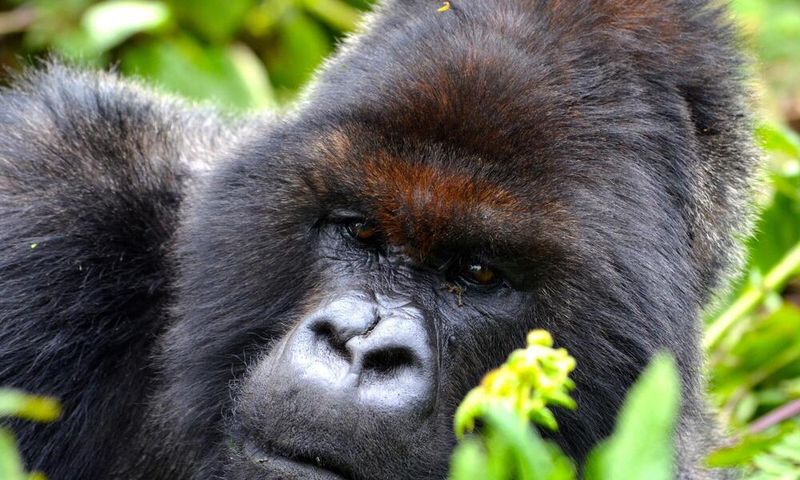
In the misty highlands of Central Africa, mountain gorillas find refuge. These majestic primates face threats from habitat loss and human conflict. Despite these challenges, conservation efforts have yielded positive results. The gorilla’s strong familial bonds and gentle nature captivate all who encounter them. Dedicated park rangers and community programs work tirelessly to protect these incredible creatures. The mountain gorilla’s slow but steady population increase offers hope for their future. Their presence in the lush mountains serves as a testament to what can be achieved when humanity unites to preserve its natural heritage.
Northern White Rhinoceros

The northern white rhinoceros stands on the brink of extinction, with only two females remaining. Efforts to save this subspecies focus on advanced reproductive technologies. Found in Africa, their plight highlights the devastating impact of poaching. These gentle giants once roamed freely across the savannas. Now, they’re symbols of a desperate conservation battle. Scientists and conservationists explore every possible avenue to revive their population. The northern white rhinoceros’s story is a poignant reminder of the urgent need for wildlife protection. Though their future is uncertain, innovation and determination provide a glimmer of hope for their survival.
Saola
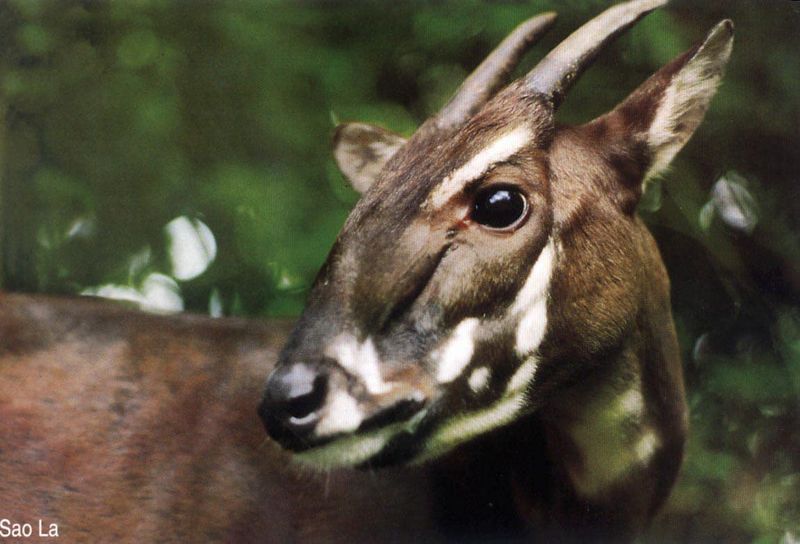
Dubbed the ‘Asian unicorn,’ the saola remains one of the world’s most elusive mammals. Discovered in 1992, it inhabits the Annamite Range’s dense forests. Illegal hunting and habitat fragmentation threaten its existence. The saola’s rarity and enigmatic nature fascinate researchers. Conservationists strive to protect its habitat and promote awareness. Despite its mysterious aura, sightings are extraordinarily rare. The saola’s survival story underscores the importance of conserving lesser-known species. Through continued efforts, conservationists hope to unravel the mysteries surrounding this elusive creature, ensuring its horns continue to pierce the forest canopy for generations to come.
Javan Rhino
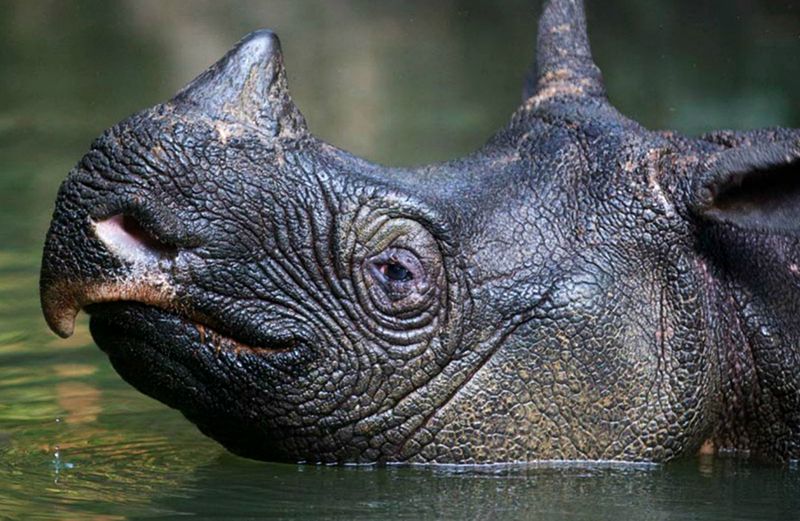
The Javan rhino, hidden deep within Indonesia’s Ujung Kulon National Park, faces a grim future. With fewer than 70 individuals remaining, they are critically endangered. Habitat loss and natural disasters threaten their survival. These solitary creatures are shy and elusive, rarely seen by humans. Conservation efforts concentrate on habitat protection and monitoring their population. The Javan rhino’s story is one of rare beauty and resilience in the face of adversity. It serves as a poignant reminder of the urgent need for conservation. Through dedicated efforts, there remains hope for the survival of this remarkable species.
Kakapo

The kakapo, a nocturnal parrot from New Zealand, defies conventional avian norms. Its inability to fly and unique booming call make it a subject of curiosity. Once abundant, the kakapo’s numbers dwindled due to introduced predators. Conservationists stepped in, relocating them to predator-free islands. These stout, green birds are now part of intensive breeding programs. The kakapo’s unexpected resurgence offers hope for other endangered species. Its quirky charm and resilience have captured hearts worldwide. The success story of the kakapo shows that with concerted effort, even the most vulnerable creatures can find a foothold in the wild.
Addax

In the harsh Sahara Desert, the addax, a symbol of survival, faces extinction. Known for their elegant horns and sandy coats, addaxes have adapted to arid climates. Overhunting and habitat loss have drastically reduced their numbers. Conservation initiatives focus on habitat preservation and breeding programs. The addax’s story is one of endurance and adaptation. Despite the odds, hope persists that these desert antelopes can roam the sands freely once more. Their continued presence in the wild serves as a testament to nature’s tenacity and the importance of preserving our world’s diverse habitats.
Spix’s Macaw
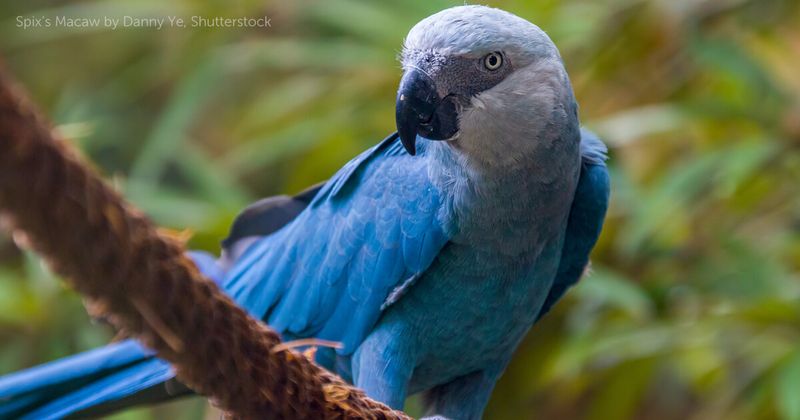
The Spix’s macaw, a dazzling blue parrot, once vanished from the wild. Its vibrant plumage captivated all who saw it. Native to Brazil, habitat loss and the illegal pet trade led to its decline. Through dedicated efforts, including captive breeding programs, the Spix’s macaw has made a remarkable return. Reintroduction into its native habitat offers a beacon of hope for its continued survival. The story of the Spix’s macaw is a testament to human ingenuity and perseverance in the face of adversity. Its return to the skies symbolizes the power of hope and determination in conservation.
Yangtze Giant Softshell Turtle
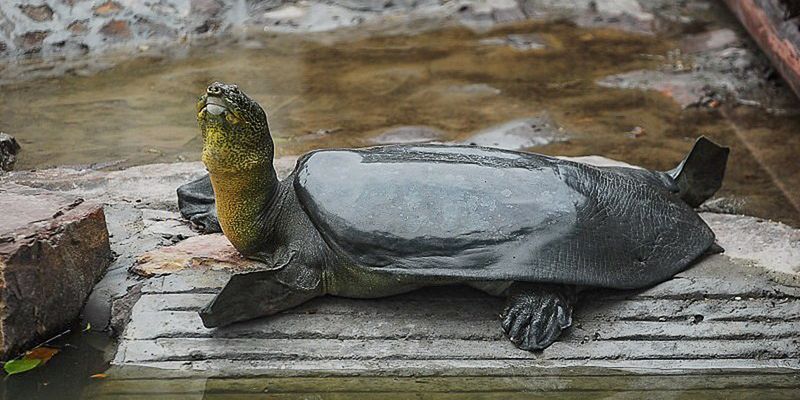
The Yangtze giant softshell turtle, one of the world’s largest freshwater turtles, teeters on the brink of extinction. Found in China, only a few individuals remain. Habitat destruction and pollution have decimated their populations. Conservationists strive to protect their habitats and promote breeding programs. The turtle’s ancient lineage and elusive nature make it a subject of fascination. The Yangtze giant softshell turtle’s story emphasizes the critical importance of preserving aquatic biodiversity. Despite the challenges, the hope remains that through dedicated conservation efforts, these ancient creatures can continue to grace the waters of the Yangtze River.
Bactrian Camel

The resilient Bactrian camel, with its iconic twin humps, braves the harsh climates of Central Asia’s deserts. This remarkable creature faces threats from habitat loss and competition with domestic livestock. Bactrian camels are a testament to nature’s adaptability, enduring extreme temperatures and scarce water supplies. Conservation efforts focus on preserving their natural habitats and promoting awareness. The Bactrian camel’s continued survival is a symbol of strength and endurance. Its presence in the wild serves as a reminder of the delicate balance between human activity and nature, inspiring efforts to protect these remarkable animals.
Eastern Barred Bandicoot

The Eastern barred bandicoot, with its distinctive barred back, once faced near extinction in Australia. Habitat destruction and predation by introduced species were key threats. Conservationists launched captive breeding and reintroduction programs, reviving their populations. These nocturnal marsupials are vital for ecosystem health, aerating soil while foraging. The bandicoot’s resurgence is a testament to conservation success. Today, they thrive in protected reserves, embodying hope and resilience. The Eastern barred bandicoot’s survival story highlights the power of human intervention in reversing environmental damage, offering a glimmer of hope for other endangered species.
Iberian Lynx

The Iberian lynx, once on the verge of extinction, is a symbol of successful conservation. Native to the Iberian Peninsula, it faced threats from habitat loss and declining prey. Intensive breeding and habitat restoration efforts have significantly increased their numbers. The lynx’s stealthy movements and striking appearance captivate those who encounter it. Its return to the wild is a beacon of hope for other endangered predators. The Iberian lynx’s story underscores the importance of habitat protection and international cooperation in conservation. Its silent prowls through the scrublands remind us of nature’s resilience.
Philippine Eagle
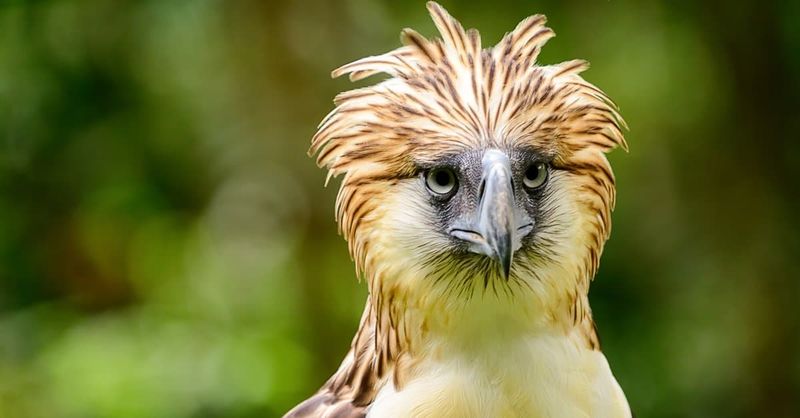
With a wingspan fit for a king, the Philippine eagle reigns over the skies of the Philippines. Known for its striking appearance and fierce hunting skills, this bird of prey faces threats from deforestation and hunting. Conservation programs focus on habitat protection and breeding initiatives to ensure its survival. The Philippine eagle’s story is one of grandeur and vulnerability. Its presence in the wild inspires awe and reverence, a testament to the islands’ rich natural heritage. Through concerted efforts, there remains hope that these regal birds will continue to soar across the skies of the Philippines.
Amur Tiger
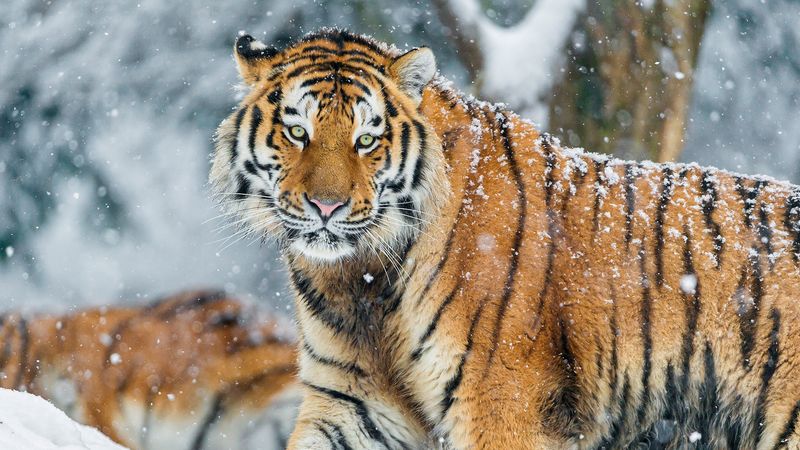
The Amur tiger, a symbol of strength and beauty, inhabits the frigid forests of Siberia. This magnificent big cat faces threats from poaching and habitat loss. Conservationists work tirelessly to protect its territory and prevent illegal hunting. The Amur tiger’s powerful presence in the wild is a testament to nature’s raw beauty. Despite challenges, their numbers have shown a gradual increase. The Amur tiger’s story is one of resilience and hope, showcasing the potential for harmony between human activity and wildlife preservation. Its silent prowls through the snowy forests inspire awe and commitment to conservation.
Galápagos Penguin
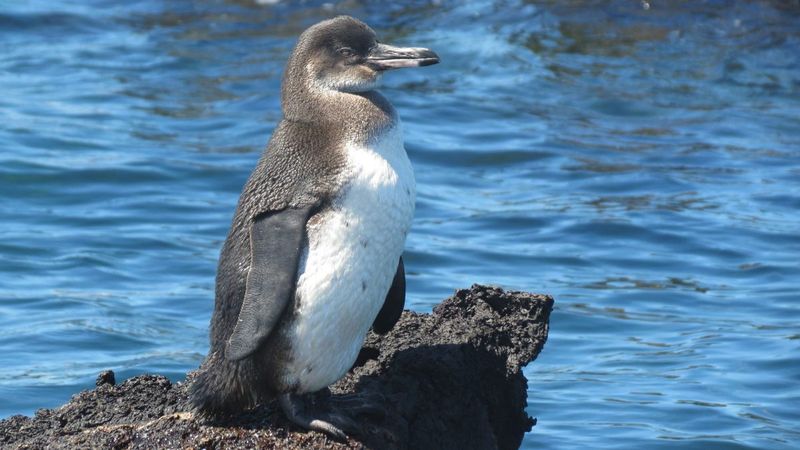
The Galápagos penguin, the only penguin species found north of the equator, embodies evolutionary wonder. Endangered by climate change and human disturbance, their populations have dwindled. Conservation efforts focus on habitat protection and reducing human impact. The penguin’s unique adaptations to warm climates make it a subject of fascination. Their charming waddles and social nature captivate those who visit the islands. Through dedicated efforts, the Galápagos penguin continues to thrive in its unique habitat, reminding us of the importance of preserving Earth’s diverse ecosystems. Its story is one of adaptation and survival against the odds.
Cheetah

The cheetah, the fastest land animal, embodies grace and speed. Found across Africa, they face threats from habitat loss and human-wildlife conflict. Conservationists focus on habitat preservation and coexistence initiatives. The cheetah’s incredible acceleration and agility make it a marvel of nature. Their plight highlights the need for sustainable development and wildlife protection. Despite challenges, their populations remain stable in protected areas. The cheetah’s story is one of survival and adaptation, showcasing the delicate balance between speed and vulnerability. Its swift sprints across the savanna inspire admiration and efforts to preserve their legacy.
Tasmanian Devil
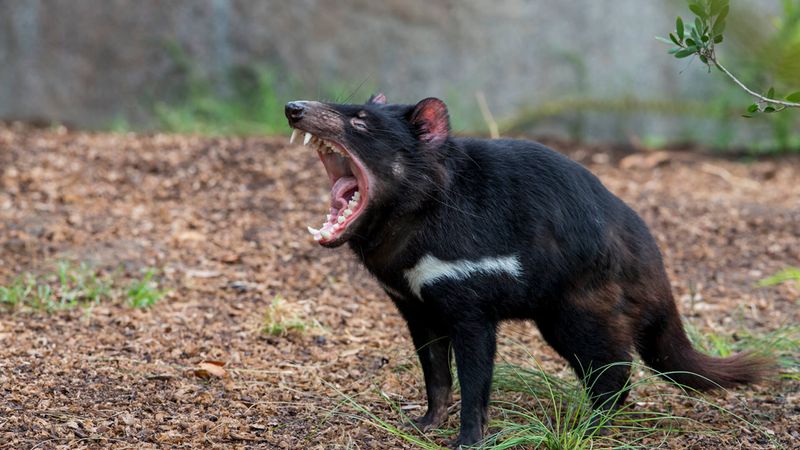
The Tasmanian devil, with its fierce growls and voracious appetite, is an icon of the Australian wilderness. Endangered by a contagious facial tumor disease, their populations have plummeted. Conservation efforts focus on disease management and captive breeding. The devil’s nocturnal exploits and scavenging habits play a crucial role in the ecosystem. Their recovery is a testament to the power of science and dedication. The Tasmanian devil’s story is one of ferocity and survival, reminding us of nature’s unpredictable challenges. Their presence in the wild is a vivid reminder of the importance of preserving biodiversity.
Giant Panda

The giant panda, with its distinctive black and white coat, has become a global symbol of wildlife conservation. Native to China’s bamboo forests, they are endangered due to habitat loss and low birth rates. Conservation programs focus on habitat restoration and breeding in captivity. The panda’s gentle demeanor and playful antics endear it to many. Their slow but steady population increase offers hope for their future. The giant panda’s story is one of vulnerability and resilience, showcasing the impact of international conservation efforts. Their presence in the wild inspires admiration and commitment to preserving our natural world.
Siberian Flying Squirrel
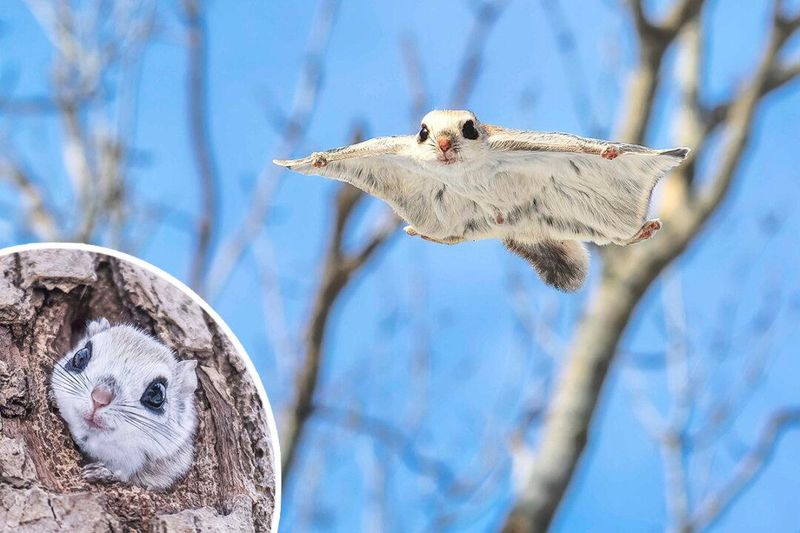
In the tranquil forests of Siberia, the Siberian Flying Squirrel enchants with its graceful leaps. Known for its nocturnal habits, this small, furry creature possesses a unique ability to glide between trees.
Efforts to preserve its habitat have led to a gradual increase in its population. Conservationists are hopeful as local communities engage in sustainable forest management.
Interestingly, this elusive squirrel often nests in abandoned woodpecker holes, showcasing nature’s intricate relationships. Its gentle return reminds us of the delicate balance in these ecosystems.
Blue-Throated Macaw
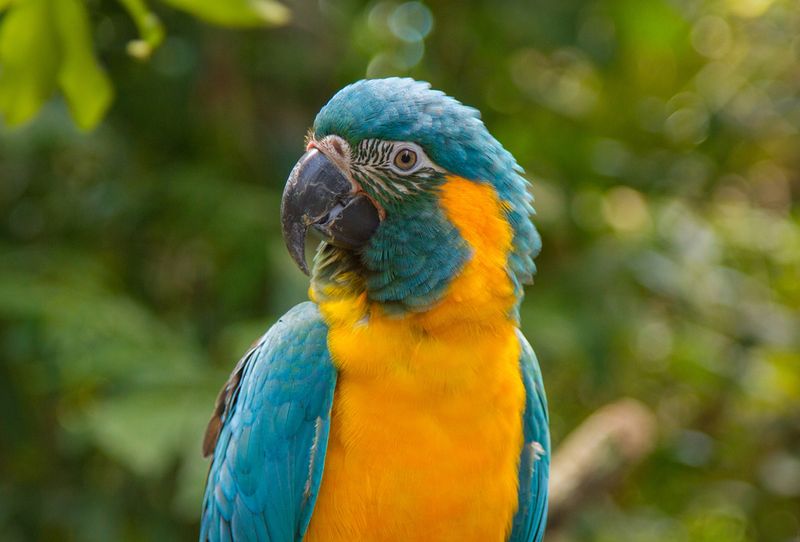
Perched high in Bolivia’s rainforests, the Blue-Throated Macaw dazzles with its vibrant colors. Once on the brink of extinction, dedicated conservation efforts have sparked a hopeful resurgence.
These parrots are known for their intelligence and social interactions, often seen in playful flocks. Education campaigns have reduced illegal poaching, allowing populations to stabilize.
This majestic bird’s comeback story highlights the impact of human intervention in wildlife preservation. Seeing them soar freely is a testament to these efforts, bringing joy to conservationists worldwide.
Vietnamese Pond Turtle
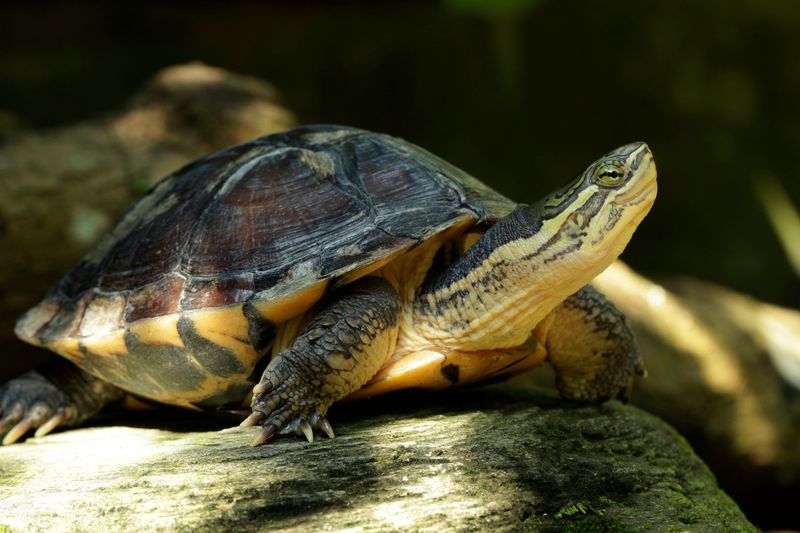
In Vietnam’s serene ponds, the Vietnamese Pond Turtle basks quietly, a symbol of tenacity. This turtle, once nearly wiped out due to habitat loss and hunting, is slowly making a comeback.
Conservation programs focusing on breeding and habitat restoration have been pivotal in its revival. This turtle’s unique shell pattern makes it easily recognizable and beloved.
Efforts to protect their natural habitats have provided a safer environment for these turtles to thrive. Their return is a heartening reminder of the positive effects of conservation work.

